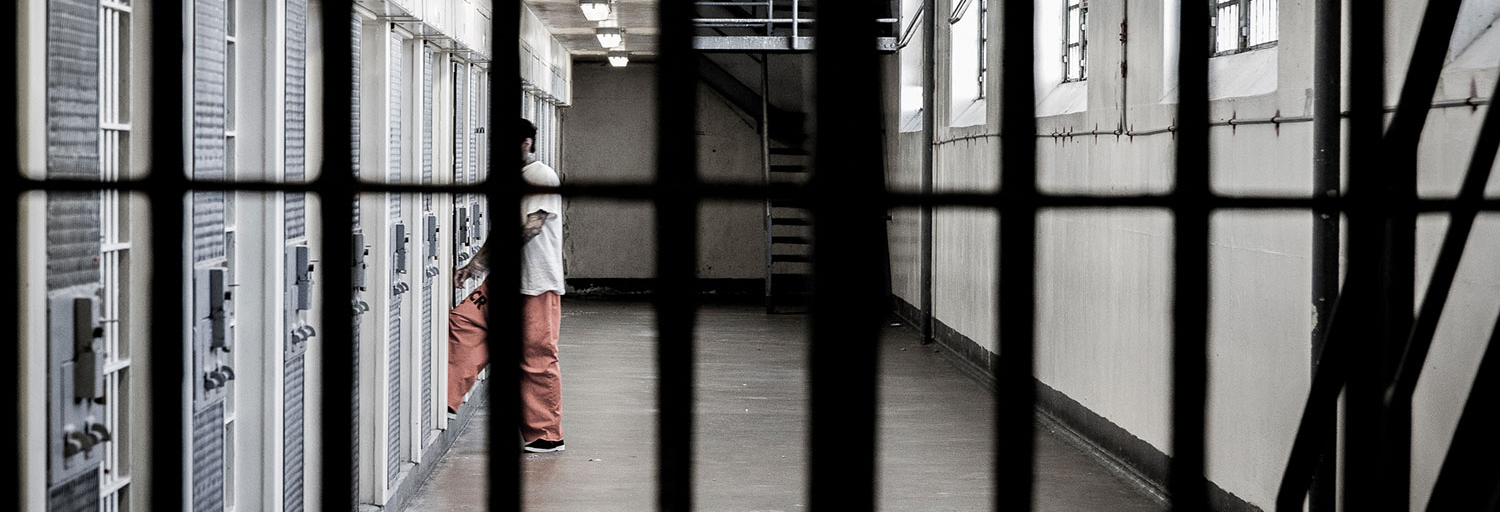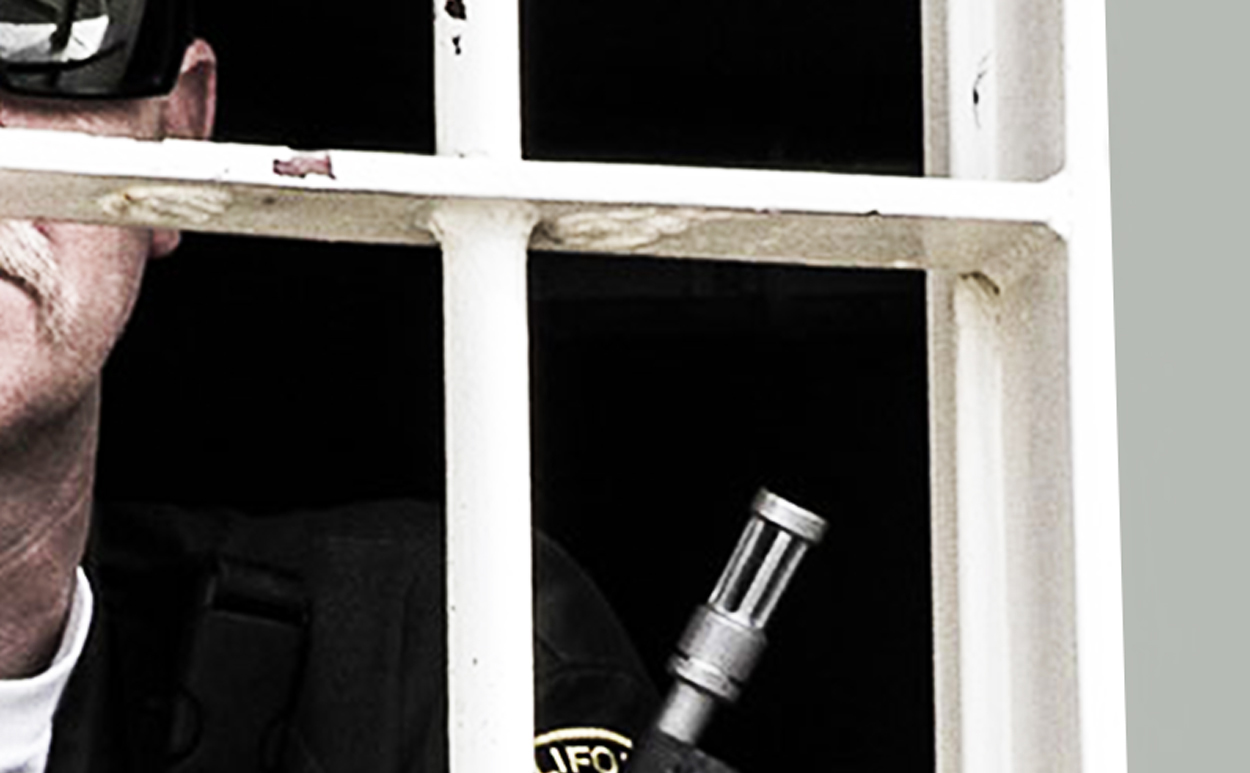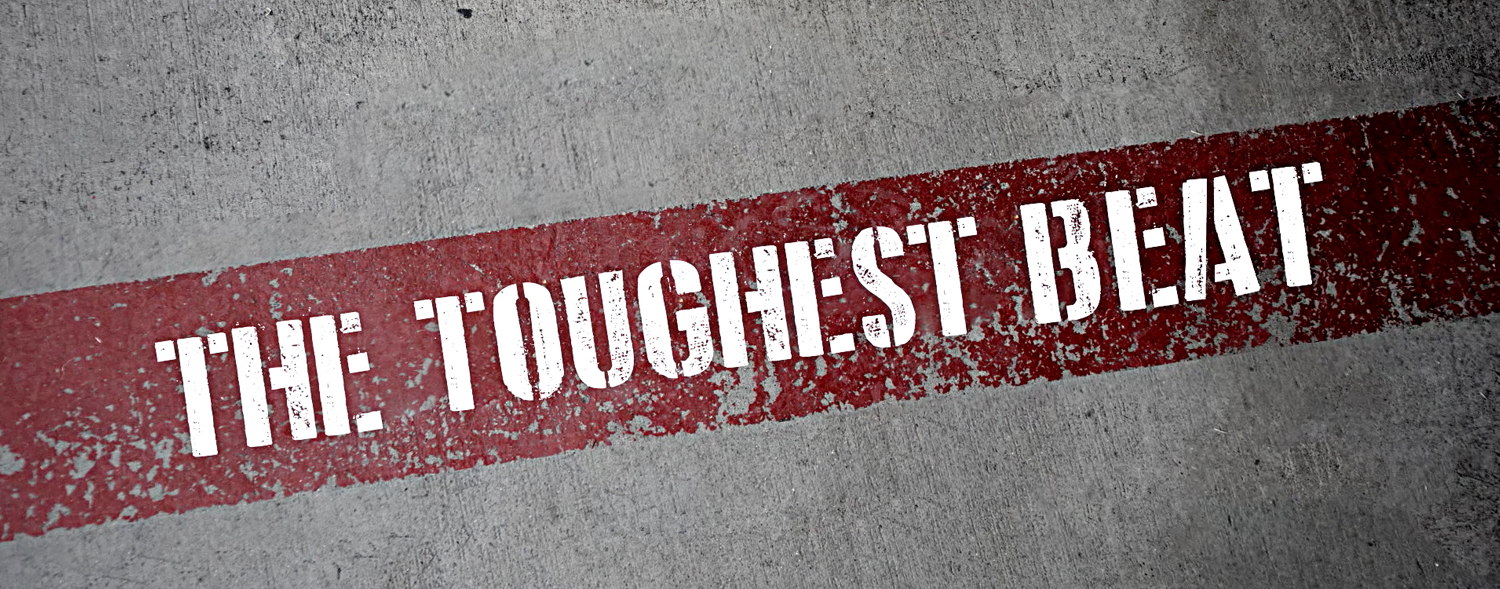
The suicide rate for prison cops is twice that of street cops. The failure of parole is a national emergency. “The Toughest Beat” shows why.
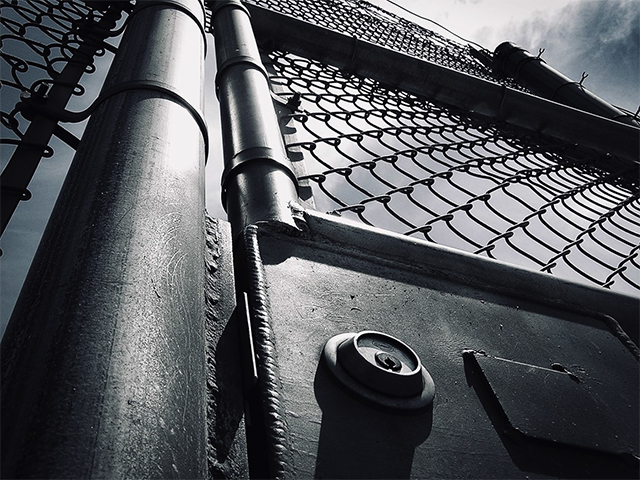
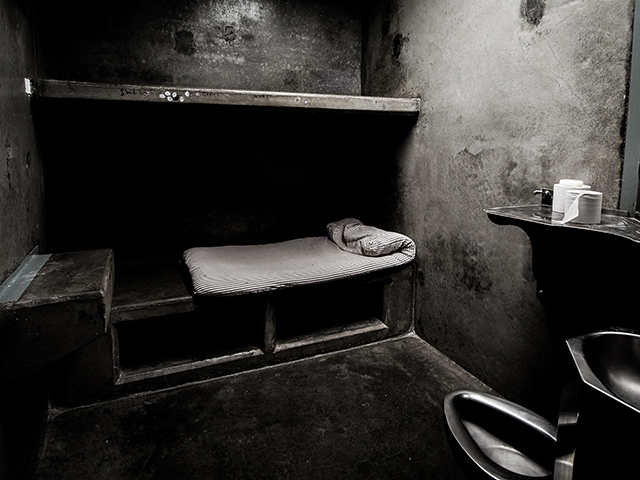
A two-man cell at CSP-SAC, called a “house” by inmates.
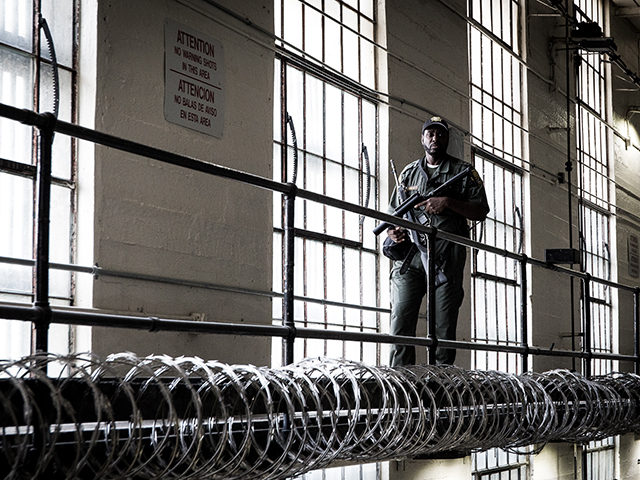
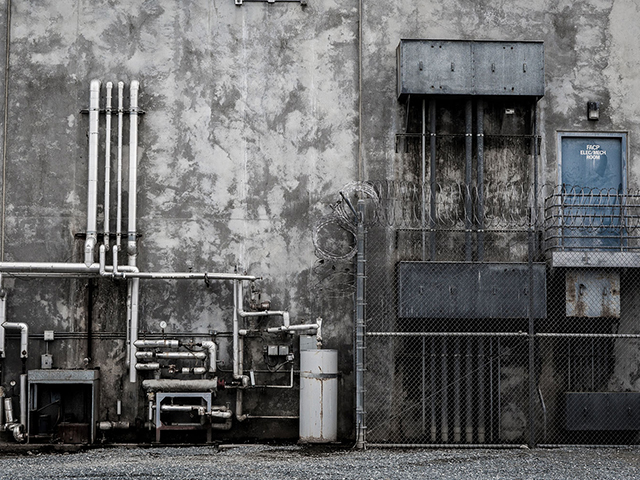
Isolated and mostly rural, California prisons are hidden cities, gray and aging, fierce and violent.
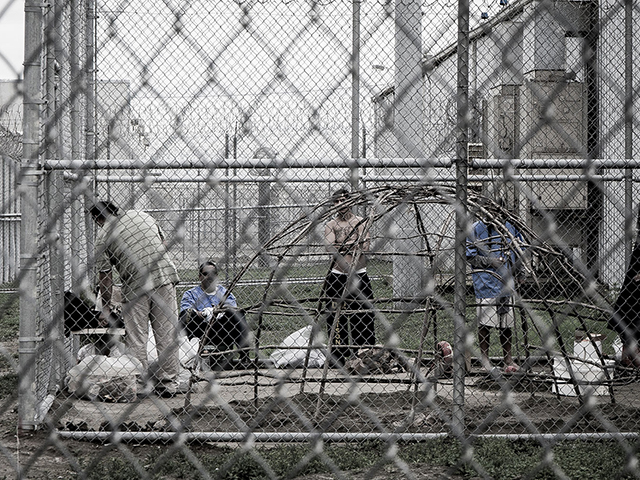
Native American sweat lodge, CSP-Corcoran. Found at every institution.
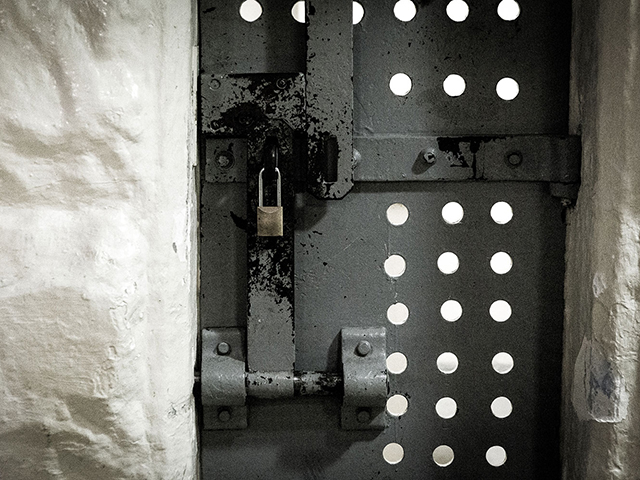
Cell door in Building 5. The air holes were drilled into the boiler plate doors in the 1940s.
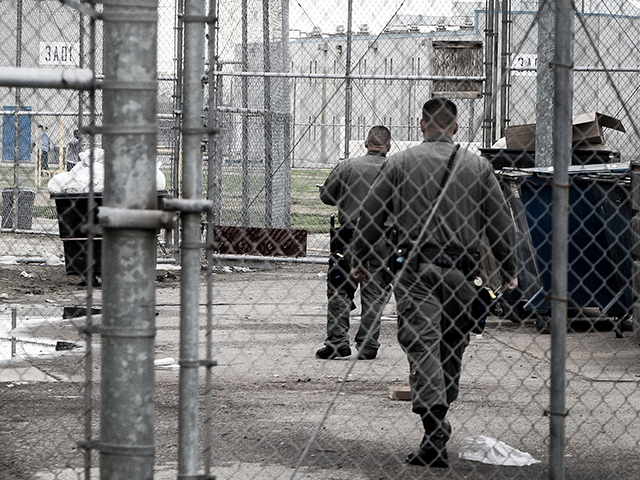
Officers carry no firearms on the yard or tiers, just OC pepper spray and collapsable batons.
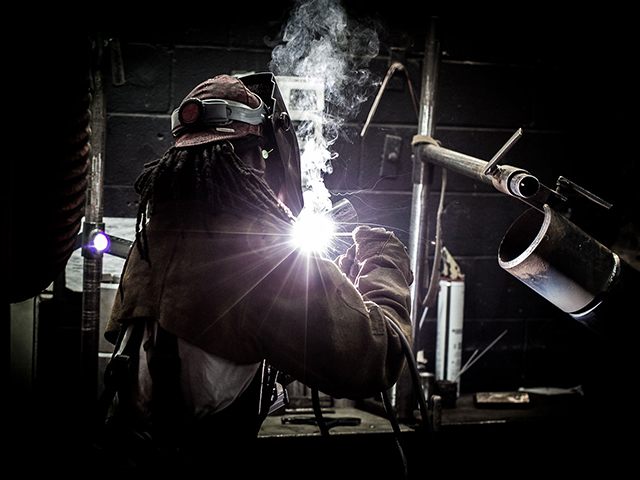
Vocational training at Old Folsom.
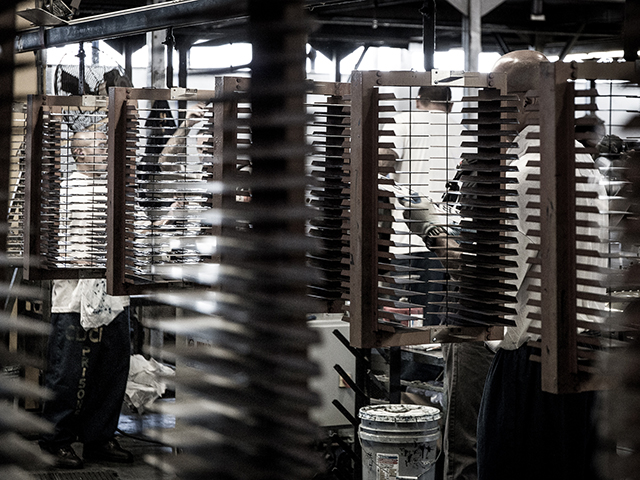
Manufacturing license plates.

Gangs dominate prison life. Organized by race and territory, their power extends far beyond the wall, directing much of the state’s street crime.
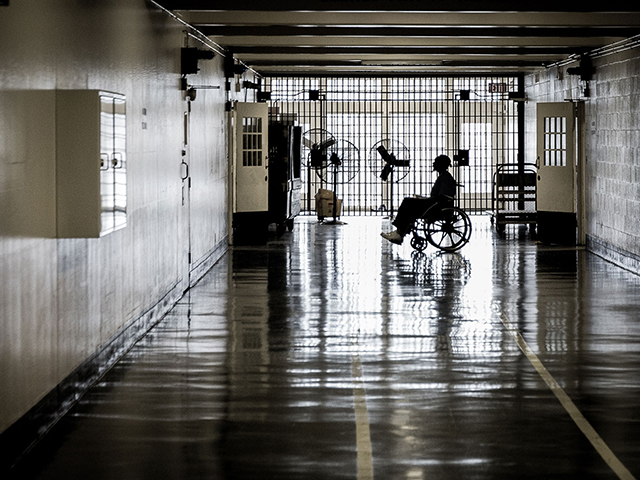
California Medical Facility (CMF) in Vacaville, where inmates with serious health and psychological issues are housed.
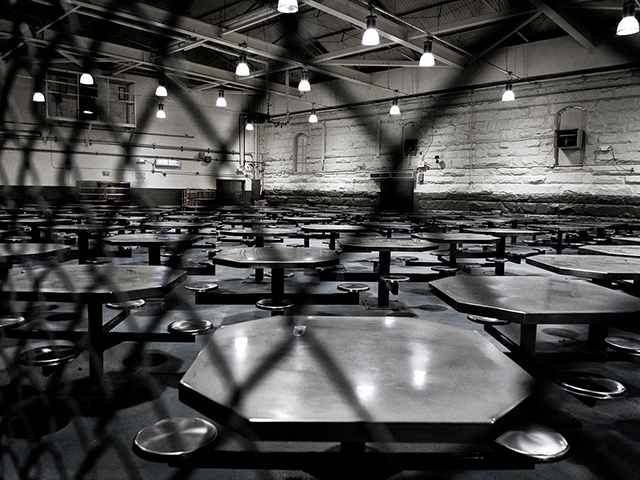
Johnny Cash wrote “Folsom Prison Blues” in 1955, then recorded it live at the prison in 1968.
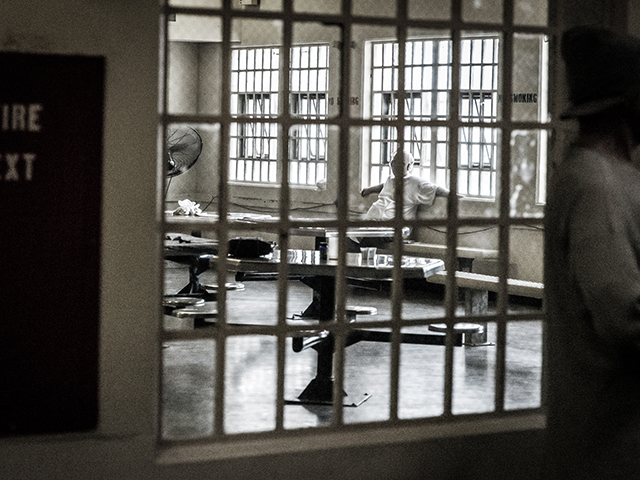
A growing number of inmates are mentally ill, making them more volatile and unpredictable.
